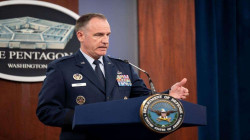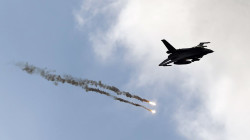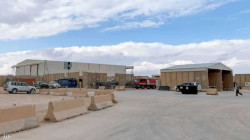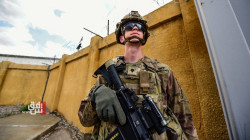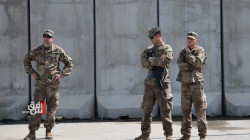Report: Iran may have set in motion forces that are no longer within its grasp
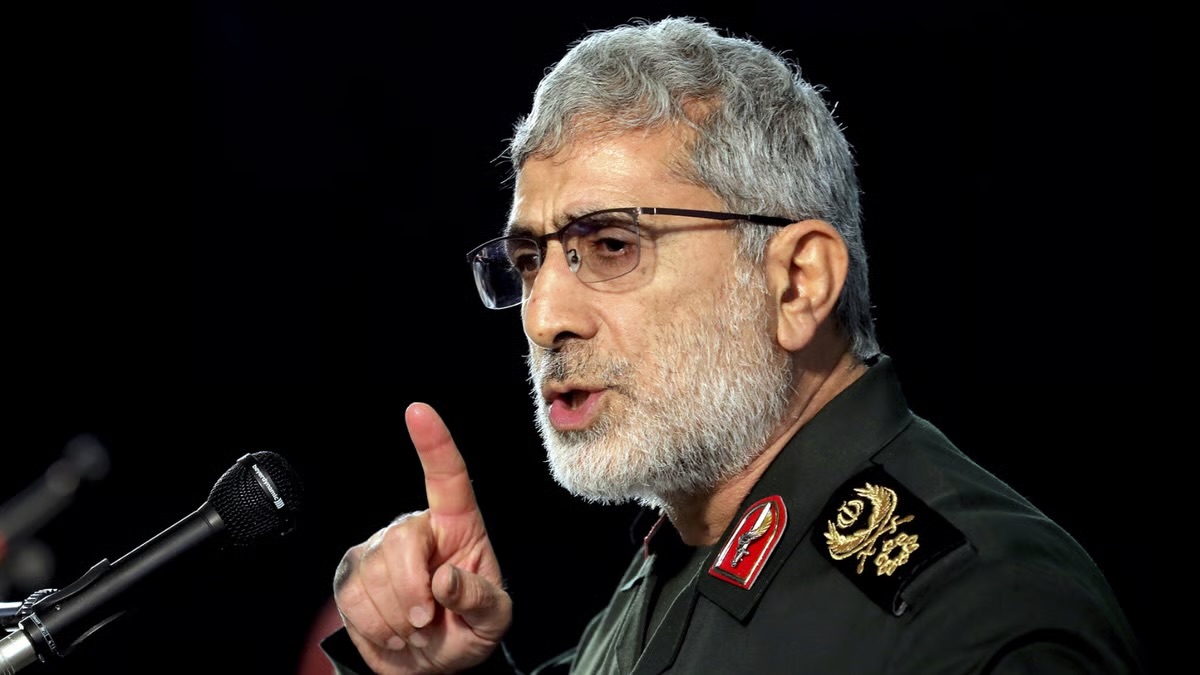
Shafaq News/ On Friday, a British report brought to light the perceived challenges faced by the current commander of the Quds Force of the Iranian Revolutionary Guard, General Ismail Qaani, in effectively controlling and directing the factions aligned with Tehran in the region. This contrasts with his predecessor, Qassem Soleimani, suggesting that the current commander has encountered difficulties managing forces and factions “surpassing his control.”
The Telegraph suggested, in a report, that the events in the Middle East may be about to spiral out of control. With Hamas in Gaza, Hezbollah in southern Lebanon, and the Houthis in Yemen all targeting Israel and the West, the hand of Iran looms large.
The report wondered if Tehran is likely to lose control of the escalation it started.
“Early yesterday morning, British and US vessels were again targeted by the Houthis, after the third round of retaliatory strikes against the terrorist group’s military infrastructure deep in the northern Yemeni deserts. Elsewhere, the US has carried out strikes against militia groups in Iraq and Syria in retaliation for the shocking drone attack in Jordan last week, which killed three US service members and injured more than 40.” The report said.
“There is little doubt that Iran has an interest in using its proxy forces to conduct military operations against the West. For one thing, it is not strong enough to win a direct confrontation.”
“So, Iranian military and advisers are embedded with the Houthis, providing the targeting coordinates for the terrorists’ Tehran-supplied ballistic missiles targeting vessels in the Red Sea. The Iraqi and Syrian militias – which have conducted almost 200 attacks against US forces since last October – host Iranian military personnel and infrastructure across their terror camps. This network provides Tehran will a degree of strategic deniability.” The report added.
This so-called “axis of resistance” was previously coordinated by Qasem Soleimani, head of the Islamic Revolutionary Guards Corps’ Quds Force, until his assassination by the United States when Donald Trump was president. One of the aims of his killing is thought to have been to disrupt the links between the regime in Tehran and its surrogates across the Middle East, so as to lessen their ability to cause chaos across the region.
The Telegraph said there “is now speculation in defence circles, however, that this strategy might have been rather too successful. Indeed, the danger might be that the new head of the Quds Force, Esmail Qaani – a rather different figure to Soleimani – has unleashed forces that he is no longer able to direct.”
“This would make it all the more important for the West to put a final end to attacks by groups such as the Houthis and restore a meaningful deterrent. It is clear that US and British strikes in Yemen have not managed to permanently degrade that group’s ability to disrupt Western shipping, for example. While Hezbollah has not launched a full-scale assault on Israel yet, far more could be done to show the terrorists that the response by the West would be devastating should they choose to do so.”
The report pointed out that “Iran itself has not been given sufficient incentive to rein in the groups it has long supported. The West needs to push back, hard. America has to stand firm and strike against targets – meaningful ones, not empty camps – in order to force Iran to back down and abandon these groups entirely, before the terrorists cause a wider escalation.”
If Iran fails to de-escalate its proxies, then the targets of US cruise missiles must be ratcheted up. We need to be bold when dealing with Iran. As Winston Churchill remarked, “You cannot reason with a tiger, when your head is in his mouth.” The report concluded.

